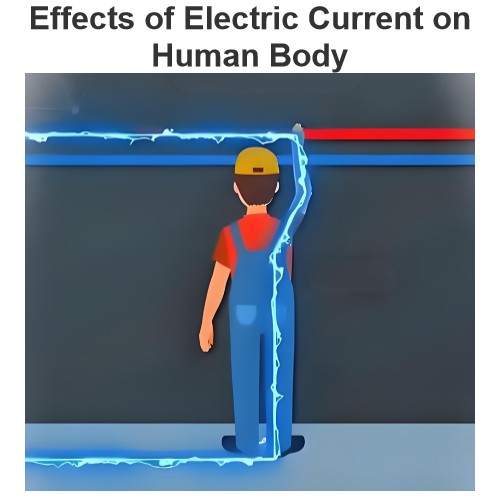What causes the variation in spark size when using different electrodes?
The reason why the size of sparks changes when using different electrodes mainly involves several aspects:
1. Material Properties
Electrodes made of different materials have different electrical conductivity and thermal conductivity. For example, materials such as copper, platinum, and tungsten have different electrical conductivity and thermal conductivity, which can affect the formation and maintenance of the arc, thereby changing the size of the spark.
2. Electrode Shape
The shape of the electrode can also affect the size of the spark. For example, sharp electrodes are more likely to concentrate current and produce a stronger electric field, resulting in a larger spark. On the other hand, flat or spherical electrodes may produce smaller sparks.
3. Electrode gap
Electrode gap refers to the distance between the center electrode and the ground electrode, which has a significant impact on the ignition performance of the spark plug. A larger gap requires a higher voltage to break down the air and produce a spark, while a smaller gap makes it easier to generate a spark but may result in a weaker spark.
4. Electrode Quality
The quality of the electrode directly affects the performance and lifespan of the spark plug. A high-quality electrode can more effectively generate and conduct an arc, resulting in a larger and more stable spark.
5. Use Environment
Environmental factors such as temperature, humidity, and pollution levels can also affect the size of sparks. For example, in a humid environment, a layer of water film may form on the surface of the electrode, increasing the resistance between the electrodes and resulting in smaller sparks.
6. Electrode wear
As the use time increases, the electrode will gradually wear out, which may lead to an increase in the electrode gap, affecting the size of the spark. In addition, wear can also cause the surface of the electrode to become rough, further affecting the generation of the spark.
In summary, the variation in spark size when using different electrodes is the result of multiple factors acting together, including material properties, electrode shape, electrode gap, electrode quality, usage environment, and electrode wear. Understanding these factors helps to select the appropriate electrodes to optimize the performance of spark plugs.
The Electricity Encyclopedia is dedicated to accelerating the dissemination and application of electricity knowledge and adding impetus to the development and innovation of the electricity industry.













